AudioCulture
The noisy library of New Zealand music
Te pātaka korihi o ngā puoro o Aotearoa
Helen Henderson
If anyone could lay claim to the mantle of the matriarch of New Zealand alt.country it’s Henderson. Hers has been a wild and woolly ride from Invercargill to London to Los Angeles and Muscle Shoals, with a cast of characters that includes Pink Floyd drummer Nick Mason, composer and producer Brian Eno, villain actor Steven Berkoff and music publisher Barbara Orbison, the widow of Roy Orbison.
Based in the United States since 1980, Henderson has released four albums, including one that finally saw the light of day after languishing in a studio vault for more than 30 years, and her songs have appeared in hit American TV shows such as Criminal Minds, True Blood, Chicago Fire and Men In Trees.
Helen Henderson’s grandparents Syd and Ethel Lindsay ran the Lindsay Pork Pies pie cart from behind their home on Elles Road, Invercargill. Their four children received music lessons and were made to sit in the front room that overlooked the rugby fields and complete their practice – while watching other kids kicking a ball and getting muddy.
In 1937, one of the children, violinist Alex Lindsay, won a scholarship to study at the Royal College of Music in London and later was a member of the London Philharmonic Orchestra, the London Symphony Orchestra and the NZBC Symphony Orchestra.
What the relentless practice instilled in Henderson’s mother Muriel was that her seven daughters would not be confined in a room to run through piano scales. One month after the birth of her sixth – Helen, on May 13, 1953 – Muriel’s brothers Gordon and John were lost at sea off the coast at Omaui.
Helen’s mother was determined she wouldn’t be confined in a room to run through piano scales.
“After that, things fell apart in many areas and us children ran free,” Henderson recalled. “I would escape to my grandfather’s house most weekends. Syd built a stand-up Punch-and-Judy theatre stand for me with a cast of puppets and a wind-up gramophone record player with Russ Conway records. He taught me how to stage puppet shows and I made some money that way. He took me to the movies to see The Beatles when I was 10 years old!”
Musical training consisted of being part of the school choir. Her older sisters were listening to Elvis Presley and his ilk, but Henderson’s first record was Sgt Pepper’s Lonely Hearts Club Band – on which her uncle Alex is said to have played – and she was hearing Jimi Hendrix and The Small Faces.
While at the James Hargest High School Dance, Henderson met Dave Kennedy, singer and guitarist in local band The Vision. “He had tight tartan pants on and Beatle boots, and he was gorgeous,” Henderson said. “He sang ‘Unchained Melody’ for me and looked right at me, that was it. Much to my schoolteachers’ disgust I started dating him.”
The couple moved to Christchurch and were engaged. Kennedy joined pop group The Chapta, but when it became evident that management preferred the band members to have no romantic ties, Henderson called it off and headed for Melbourne via Invercargill. In his next band Link, Kennedy wrote the single ‘Only Time Could Let Us Know’ about the break-up.
In Melbourne, Henderson worked for music promoter Brian Goldsmith, Olivia Newton-John’s brother-in-law, at his restaurant Annabelle’s. She dated singer Bobby Bright, of the 60s pop duo Bobby & Laurie, and he turned her onto singer/songwriters John Prine and Kris Kristofferson, and grass.
After 18 months she returned across the Tasman Sea to live with her sister in Auckland. “You could get into far too much trouble in Melbourne,” Henderson said. “I dabbled in a bit of drugs when I was in Melbourne and had some pretty intense and life-changing realisations about things. But in Auckland I really cleaned up my act.”
Having taken up yoga, she and a boyfriend headed to London in 1974 and travelled through Greece, Turkey, Afghanistan, Iran and Pakistan to an ashram in India. They stayed there for two months before returning to London where Henderson decided she wanted to be a singer.
“I always wanted to sing,” she said. “I always wrote poems and everything, but the closest I could get to being with a band was being the girlfriend of the leader of the band at that time. But I had to get away from Invercargill to find myself and get my footing as a rock’n’roll singer and songwriter.”
In London she answered an ad in ‘Melody Maker’ and joined a band as a backing singer.
She sang in a couple of duos in London before answering an ad in Melody Maker and joining Black R&B singer George Ego’s band as a backing singer. Decked out in a tight suede miniskirt and wedge-heeled shoes, Henderson traversed Europe with the band but ran into problems in Germany when Ego confiscated the band members’ passports and refused to pay them.
Liberating their passports, Henderson and two of her bandmates borrowed money for train fare and lit out back to London, but not before letting the air out of Ego’s van tyres. Singing in someone else’s covers band was no longer an option: Henderson wanted to front her own band.
In the meantime, she was riding her scooter to free art classes and singer’s sight-reading lessons at the City Literary Institute at Covent Garden on account of New Zealand’s membership in the Commonwealth.
Never intending to marry, she rang her parents in Invercargill and asked that any money they might have stashed away for her wedding be put to better use in paying for a demo recording. Thankfully they agreed, and Henderson and her band lugged their equipment on the tube to the studio and recorded a pair of Linda Ronstadt songs.
When Henderson first arrived in London, she had stayed with Invercargill photographer Roger Morton and his wife Jocelyn. By that time Morton was an established music, theatre and television photographer in the city and he sent Henderson to meet one of his subjects, Pink Floyd drummer Nick Mason.
Fresh off recording what would later be regarded as one of the greatest rock albums of all time, Wish You Were Here, Mason made Henderson a cup of tea, listened to her demos and politely suggested the world didn’t need another Linda Ronstadt and that Henderson needed to write some songs of her own.
She took the advice to heart and started collaborating with guitarist Robert Rosenberg, a music accountant who was friends with former Phonogram UK head of A&R Nigel Grainge, founder of new independent label Ensign. Grainge paid for the duo to do some demos and signed Henderson as an artist and songwriter on the strength of their first recording ‘Anyone’s Baby’.
So began a process of recording demos while supporting herself as a yoga teacher. After a meditation class with the wife of Brian Eno – Roxy Music co-founder and art-pop leader – a tape of Henderson’s songs found its way to him. Eno liked what he heard and passed it on to John Kalodner, the former Atlantic Records publicist who was newly installed as A&R executive at David Geffen’s brand-new Geffen Records.
in 1980 Henderson was summoned to the United States to meet the Geffen hierarchy.
By now in a relationship with London playwright, actor and theatre director Steven Berkoff, Henderson was summoned to the United States to meet the Geffen hierarchy. “We were very in love, and he was crazy as a fox and things were getting a bit volatile with him. So I did another runner, this time from London to LA,” Henderson said.
The Geffen connection had piqued the interest of US music managers and Henderson met with rock band Foreigner’s manager Bud Prager in New York. He told Henderson to see the Geffen people in Los Angeles and he would advise her, though he didn’t force her to sign anything.
The first person she encountered in LA was Tom Petty’s manager Tony Dimitriades, a friend of her co-writer Robert Rosenberg. Dimitriades was also keen to manage her but not before her meeting with the Geffen A&R head Kalodner.
“When I first got to LA, John Kalodner said, ‘We just love you, you’re the next new thing, blah, blah, blah, blah,’” Henderson remembered. “‘We want to introduce you to the other new person on Geffen’s label. It’s a guy.’ And I went, ‘Who’s that?’ ‘John Lennon.’”
However, before any introduction could be made, on December 8, 1980, Lennon was murdered in the entrance to the Dakota building in New York City. Overnight, Geffen’s second release, Lennon and Yoko Ono’s Double Fantasy, turned from a heavily criticised, lacklustre seller into a worldwide No.1.
“After that, Geffen Records went upside down for a while,” Henderson said. “Not only was the record company in mourning and had lost their star person, but suddenly they had a hit record on their hands, and I couldn’t get them on the phone.”
Meanwhile, she had secured Bud Prager as her manager and he paid her rent on an apartment, hired her a car and got her a piano. “Bud was developing me as an artist, at least paying my bills. That was the hardest time of my career because I didn’t really know anybody. I was recording and they kept saying, ‘Well, we like it but it’s not a hit, bring us another one.’ It was so scary, and I was so lonely and freaked out about being in LA, it affected my self-confidence, and I developed a stutter.
“In the end, they [Geffen Records] just kept developing me into oblivion and they didn’t sign me, and I gave up. What I did was I went back to school and studied massage therapy, and then I went to yoga school and became a yoga teacher, and I was like, ‘I don’t wanna be in the music industry.’”
on a silent retreat with a yoga master Henderson realised she would rather be singing.
It was while on a silent retreat with a yoga master who communicated via chalkboard that Henderson came to the realisation that she would rather be singing. She started writing again with guitarists Matt Downs and Doug Hamblin and her songs impressed Barbara Orbison, head of music publisher Still Working For The Man Music.
Orbison signed her to a publishing deal and Henderson would travel to Nashville three times a year to write. She hung out with the likes of Ramblin’ Jack Elliott and Texan royalty Guy Clark, and wrote with John Prine co-writer Gary Nicholson, but nothing came of her three years with Orbison’s company.
In 1995, six months after the birth of her daughter Lily, Henderson finally released her debut album Have Your Own Way, a collection of Nashville demos that included ‘Gordon and John’, a tribute to her uncles who were lost at sea 42 years earlier.
By the end of the 1990s she was playing regularly with her band in LA. Her next album, The Sonora Sessions, was recorded in LA in 2000 and featured ‘The Ballad Of Minnie Dean’, the true story of 19th-century Southland woman Williamina “Minnie” Dean, the only woman to be executed in New Zealand.
Henderson and her band supported Rod Stewart and Simple Minds in Vienna in 2002, and three years later Henderson self-produced the album Twisting Wind at the famous FAME Studios in Muscle Shoals, Alabama. Session players included original Swampers David Hood on bass and Spooner Oldham on keyboards. Henderson even bought a house in Muscle Shoals.
In the mid 2010s, she received a call from her former London writing partner Robert Rosenberg, who was by now a partner in Trinifold Management representing bands such as The Who, Judas Priest, UB40, and Lynyrd Skynyrd. Much to the surprise of all involved, Rosenberg had unearthed the demos Henderson recorded in London in the late 1970s that got Geffen Records enthused.
The reel-to-reel tapes were transferred to Pro Tools and cleaned up. Henderson and Rosenberg rewrote two of the songs and recorded them and a new version of ‘Anyone’s Baby’ at Phantom Vox Studios in Hollywood with Henderson’s guitarist friend Doug Pettibone. The collection was released as London in 2016.
HENDERSON WAS INDUCTED INTO THE SOUTHLAND MUSIC HALL OF FAME IN 2019.
“It’s an interesting turn of events,” Henderson told Stuff that year. “I got this wild impulse to put this record out. Sometimes, I think to myself, ‘Why has it taken this long for my songs to get out there? Why did I have to go through all that?’ Then I think, ‘Maybe Helen Henderson and her words are more needed now than then.’”
Still based in Los Angeles, Henderson was inducted into the Southland Music Hall of Fame in 2019 and owns a 1950s wooden bungalow in Bluff with a view north to the Takitimu Mountains and west to Raikura (Stewart Island). She does her best to keep abreast of the music scene in New Zealand. “I listen to a lot of young South Island female musicians. I love Aldous Harding, I love Nadia Reid, and I like Marlon Williams.”
Henderson’s latest album is due to be released soon. “Muriel’s Dream is an homage to my mother, who dreamed of being an artist, and my grandparents Syd and Ethel Lindsay. Covid and health issues have held up the release. I own it but need to finance its release and promotion.”
But – having spoken to AudioCulture via video call from her parked car under a tree beside a Muscle Shoals car wash with an outside temperature of 33 degrees centigrade – what about right now? “I’m gonna go and jump in the Tennessee River now! It’s a little bit hillbilly but I do like it.”
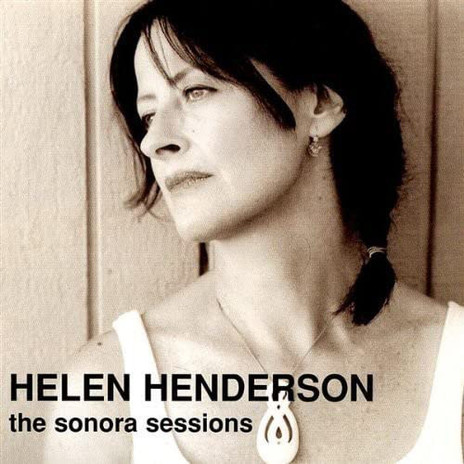
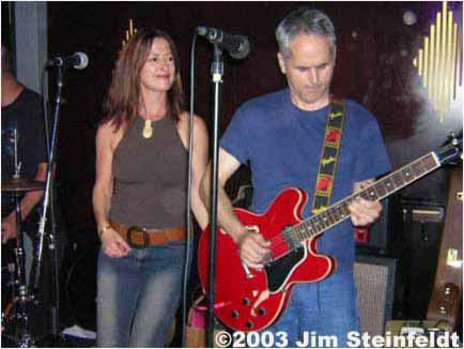
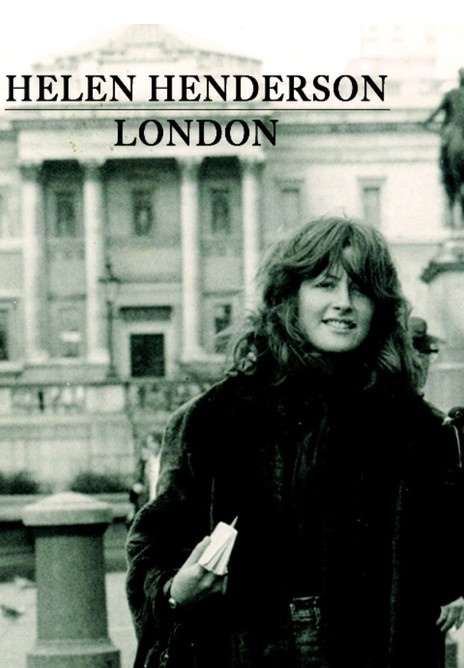
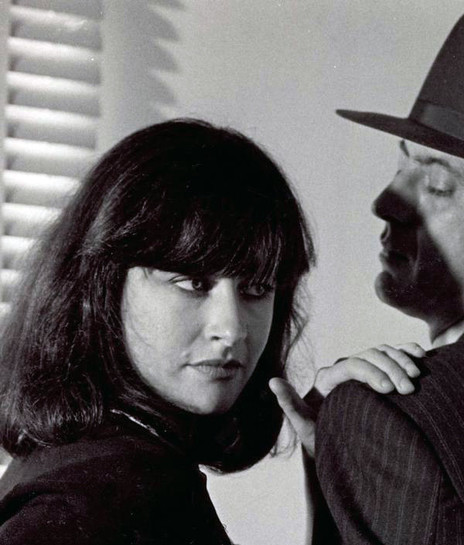
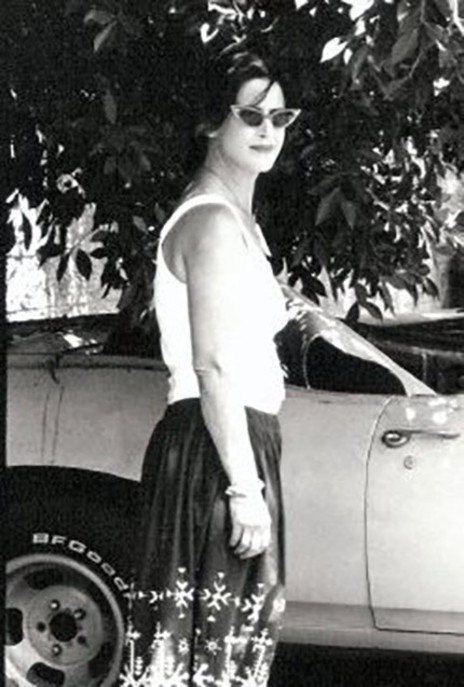
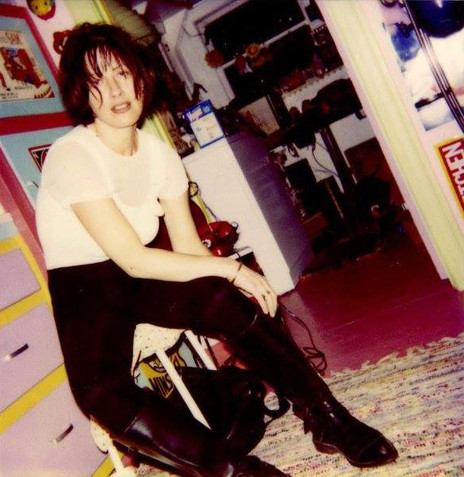
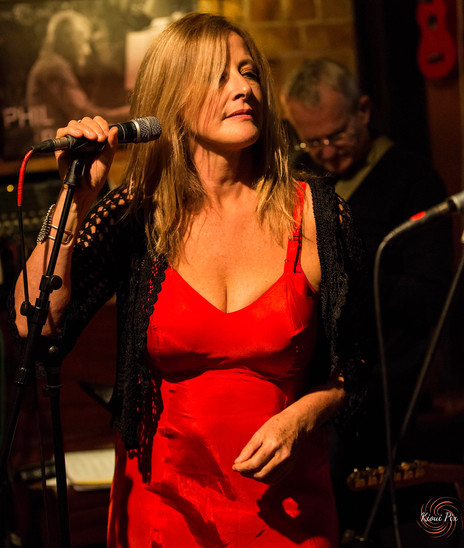
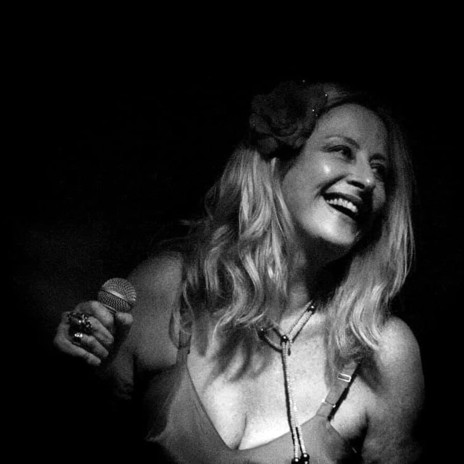
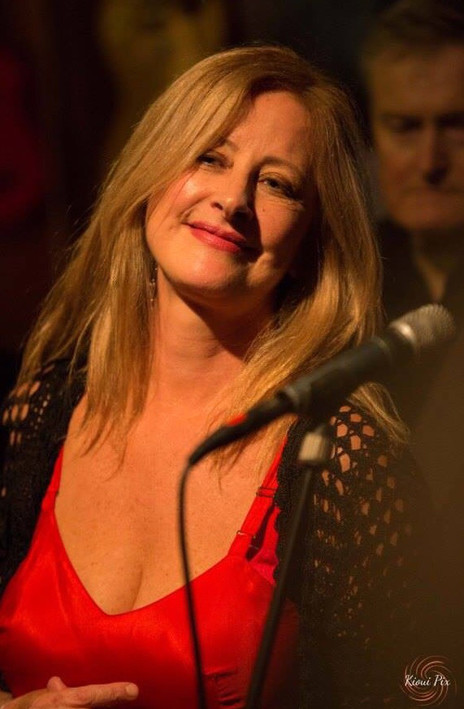
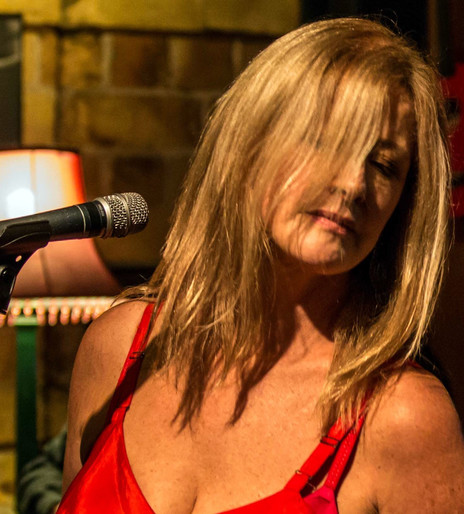
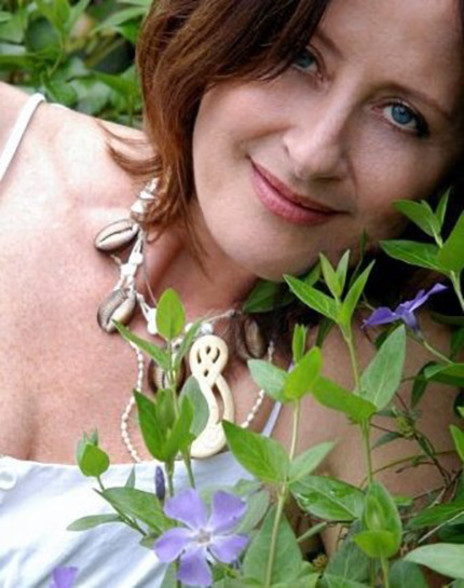
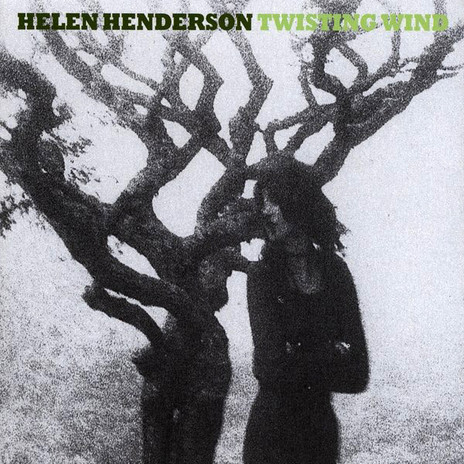
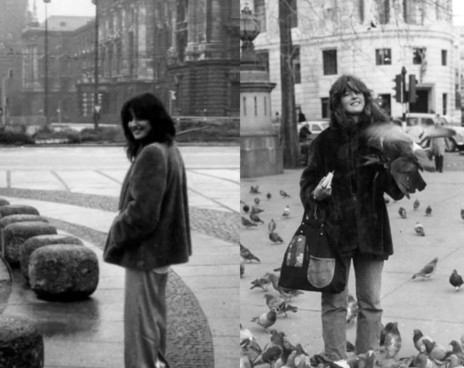
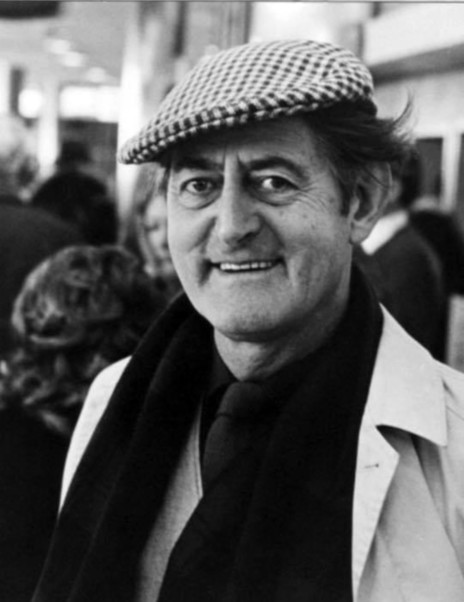
Graham Reid's Elsewhere: Helen Henderson's London reviewed
Graham Reid's Elsewhere: Helen Henderson's Twisting Wind reviewed
Helen Henderson's London album at Bandcamp
Stuff: Helen Henderson set to release new album - 35 years later, April 2015
Stuff: Kiwi singer Helen Henderson comes full circle, August 2016
Visit our sister site
NZ On ScreenMade with funding from
NZ On Air
